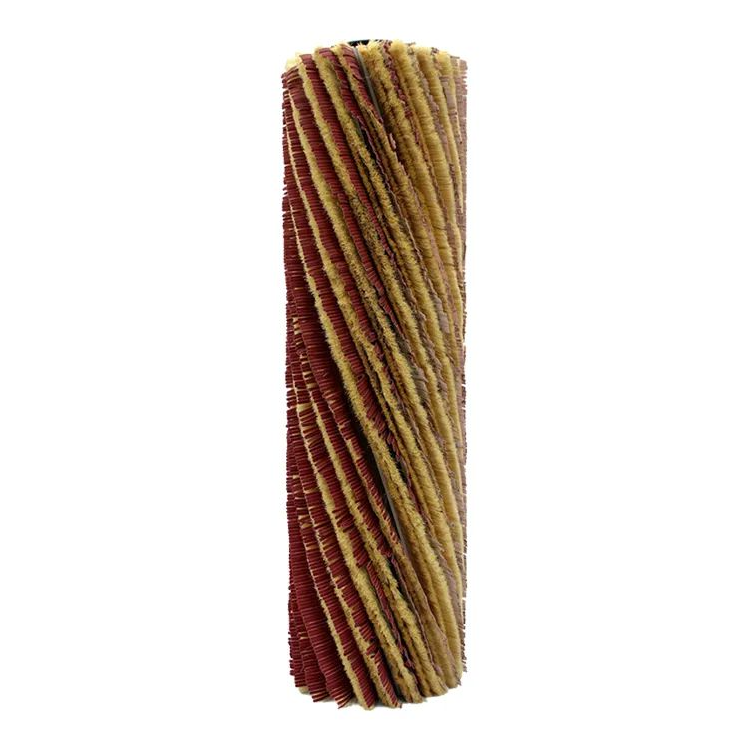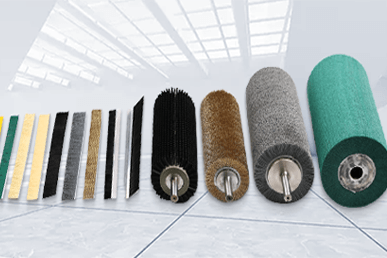When it comes to polishing wood, achieving a flawless and lustrous finish is the ultimate goal. If you're looking to enhance the natural beauty of woodwork, a Wooden Work Polishing Brush can be your secret weapon. This versatile tool, featuring the combination of sisal and sandpaper materials, offers an effective and efficient way to achieve smooth and professional results.
Prepare the Surface
Before starting the polishing process, ensure that the wood surface is clean and free from any dirt, dust, or debris. Use a soft cloth or brush to remove loose particles and create a smooth and even base for polishing.
Select the Right Grit
Wooden Work Polishing Brushes often come with different grit options for the sandpaper component. The grit level determines the coarseness or fineness of the abrasion. Start with a coarser grit to remove any imperfections or scratches, and gradually move to finer grits for a smoother and more refined finish. Experiment on a small, inconspicuous area first to determine the ideal grit for your specific woodwork.

Apply Adequate Pressure
When using the Wooden Work Polishing Brush, apply consistent and even pressure throughout the polishing process. Too much pressure can lead to uneven results or damage the wood surface, while too little pressure may not yield the desired level of polishing.
Follow the Grain
Always polish wood in the direction of the grain for the best results. Polishing against the grain can cause scratches or create an uneven appearance. By following the natural grain pattern, you'll achieve a smooth and uniform finish that accentuates the wood's beauty.
Work in Sections
If you're working on a large wood surface, it's best to divide it into smaller sections and polish them one at a time. This approach ensures thorough coverage and allows you to focus on each area, achieving consistent results throughout.
Regularly Clean the Brush
To maintain the effectiveness of your Industrial Polishing Brush, clean it periodically during the polishing process. This will prevent the accumulation of wood particles and debris, ensuring that the brush continues to deliver optimal performance.
Conclusion
With the right techniques and a quality Wooden Work Polishing Brush featuring sisal and sandpaper materials, you can elevate your wood polishing game to new heights. Remember to prepare the surface, select the appropriate grit, apply consistent pressure, follow the grain, work in sections, and clean the brush regularly. By following these tips, you'll be able to achieve stunning wood finishes that showcase the natural beauty of your woodwork.

















 HOME
HOME
 PRODUCT
PRODUCT


 NEWS
NEWS
 CONTACT
CONTACT
